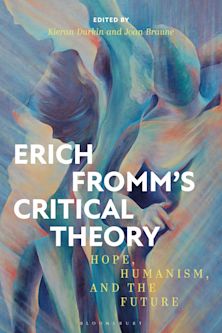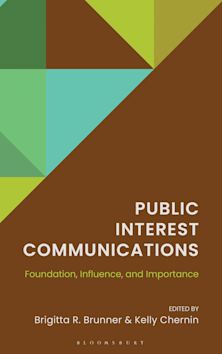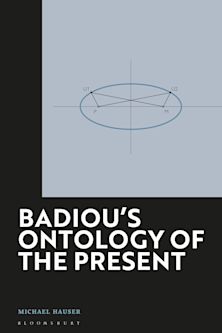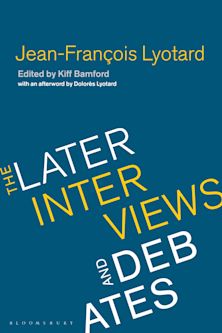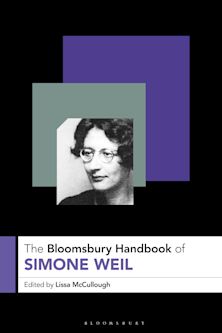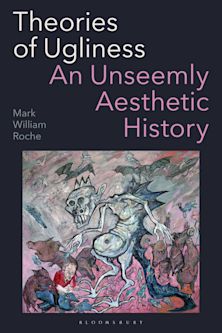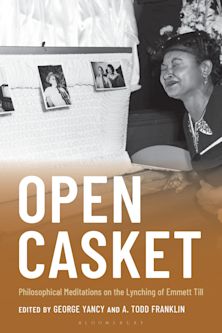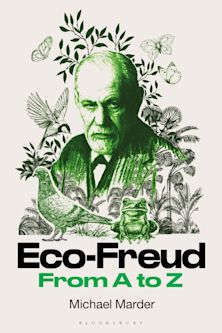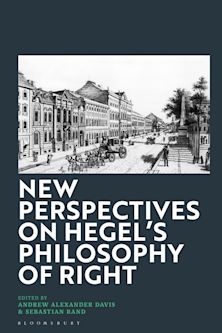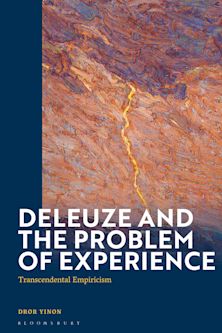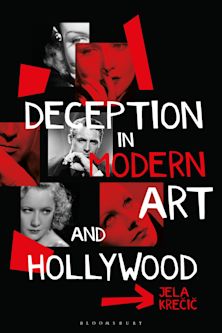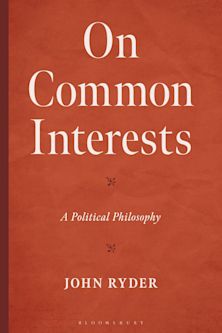- Home
- ACADEMIC
- Philosophy
- Social and Political Philosophy
- How to Sleep
How to Sleep
The Art, Biology and Culture of Unconsciousness
How to Sleep
The Art, Biology and Culture of Unconsciousness
You must sign in to add this item to your wishlist. Please sign in or create an account
Description
Sleep is quite a popular activity, indeed most humans spend around a third of their lives asleep. However, cultural, political, or aesthetic thought tends to remain concerned with the interpretation and actions of those who are awake. How to Sleep argues instead that sleep is a complex vital phenomena with a dynamic aesthetic and biological consistency.
Arguing through examples drawn from contemporary, modern and renaissance art; from literature; film and computational media, and bringing these into relation with the history and findings of sleep science, this book argues for a new interplay between biology and culture. Meditations on sex, exhaustion, drugs, hormones and scientific instruments all play their part in this wide-ranging exposition of sleep as an ecology of interacting processes.
How to Sleep builds on the interlocking of theory, experience and experiment so that the text itself is a lively articulation of bodies, organs and the aesthetic systems that interact with them. This book won't enhance your sleeping skills, but will give you something surprising to think about whilst being ostensibly awake.
Table of Contents
acknowledgements
1. How to Sleep
2. Without Thinking
3. Dormant
4. I Don't Want to be Awake
5. The Domestic Architecture of the Skull
6. Heroes of Sleep
7. Too Much Dream
8. Mediating
8. Sleep Acts
9. Repulsive Sleep
10. Ingredients of Sleep
11. Sleep Gltiches
12. Body Parts
13. Be Unconscious
14. The Luxuriance of Dissolving
15. Free-Running
16. Sleep in Love
17. Vulnerable
18. Hyperpassivity
19. The Eye Busy Unseeing
20. How to Thrive Biologically
21. Repetition
22. Architecture
23. Laws Governing Sleep
24. Film Sleep
25. Man Controls the Day.But We Will Control the Night
26. Headless Brim
27. Trains and Buses
28. The Smell of Sleep
29. The Child's Bed
30. Brain as Labourer
31. Melnikov's Promethean Sleepers
32. Sleep on the Road
33. Terraforming
34. Dozy-looking
35. Nocturne
36. Waking Up
37. Equipment
38. Sleep Upright In Order to Avoid Death
39. Animal Sleep
40. Wrap Up Warm
bibliography
index
Product details

| Published | 25 Jan 2018 |
|---|---|
| Format | Ebook (PDF) |
| Edition | 1st |
| Extent | 240 |
| ISBN | 9781474288729 |
| Imprint | Bloomsbury Academic |
| Series | Lines |
| Publisher | Bloomsbury Publishing |
About the contributors
Reviews
-
Matthew Fuller has composed a revelatory and brilliantly original book. This richly insightful and multifaceted work will be indispensable reading for anyone concerned with the increasingly urgent problem of sleep.
Jonathan Crary, Meyer Schapiro Professor of Modern Art and Theory, Columbia University, USA
-
Where do you fall when you fall asleep? Out of consciousness and into a state of quasi-death, or into an unconscious form of activity? Do you withdraw from the world or get projected upon it differently? Who is the subject of sleep? Like love, sleep makes us creative and vulnerable at the same time. It is a democratic state, yet inaccessible to phenomenological accounts: it does not even make sense to state: “I am asleep”, and yet sleep deprivation is torture.
Arguing passionately that sleep is both our posthuman, animal core and a form of power, this original volume performs a series of sleep acts, ranging from insomnia, apnea, narcolepsy, to sleep-walking, doziness, cataplexy and plain not wanting to wake up.
In a brilliant combination of aphorisms, meditations, snippets of self-help and shreds of critical analysis, the book explores the bio-politics of sleep, as well as its social, psychological and aesthetic aspects. This is Matthew Fuller at his best: witty, theoretically sharp and thoroughly enjoying his inimitable flair for paradoxes.Rosi Braidotti, Distinguished University Professor and founding Director of the Centre for the Humanities at Utrecht University, The Netherlands

ONLINE RESOURCES
Bloomsbury Collections
This book is available on Bloomsbury Collections where your library has access.












